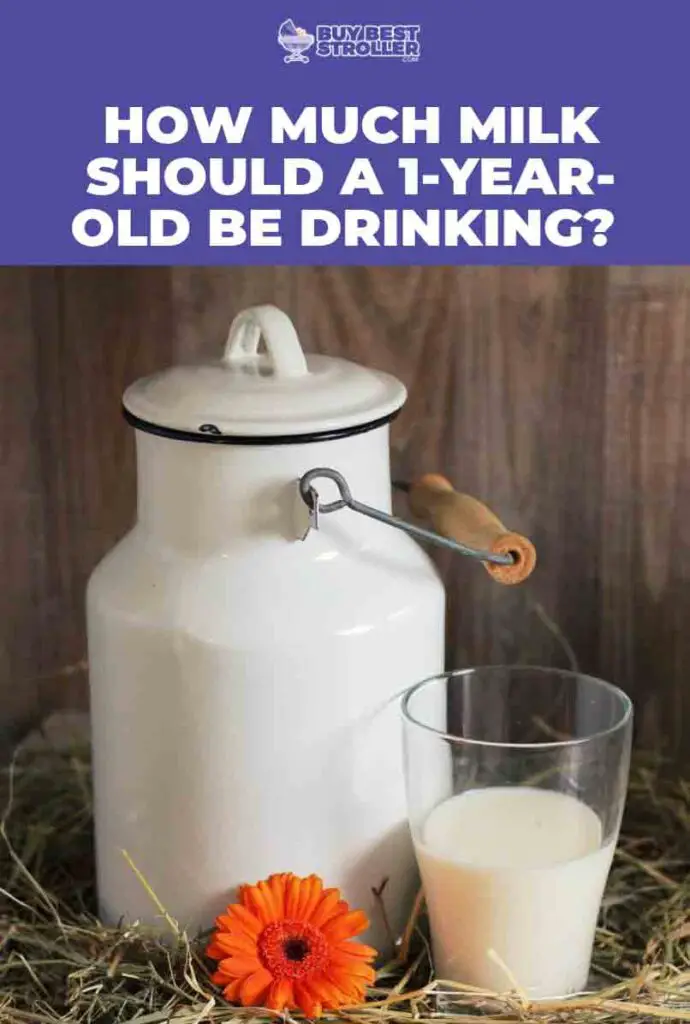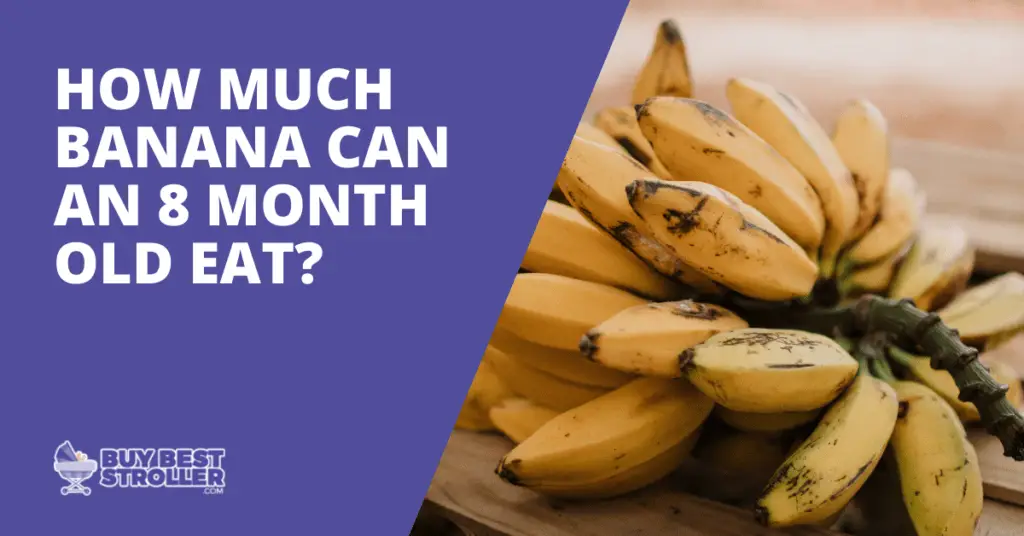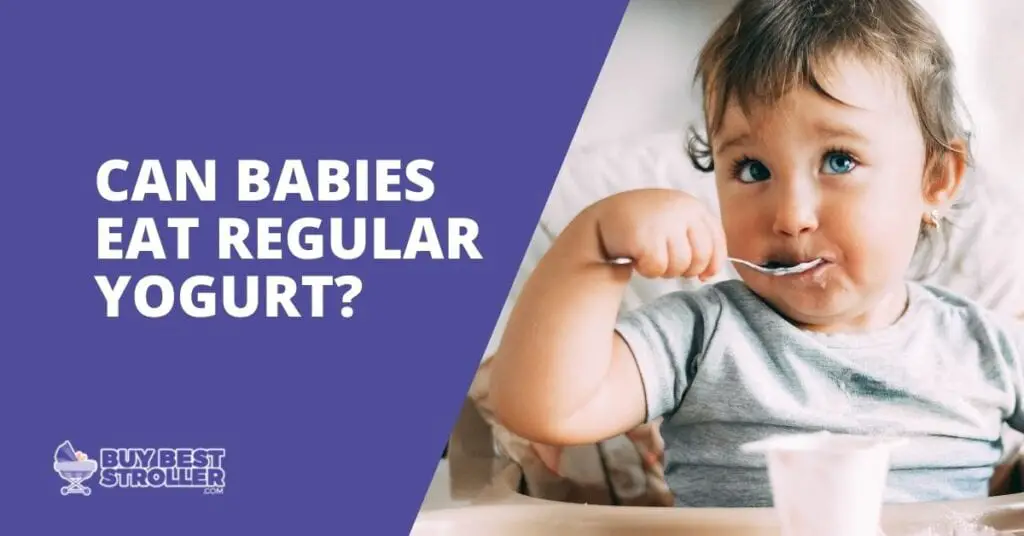How Much Milk Should A 1 Year Old Be Drinking?
Or how much milk should a toddler drink? is a natural question that many parents have regarding their children’s nutrition.
A 1-year-old baby should consume about 8 to 10 ounces of whole milk every day (especially if other dairy products are consumed as well).
And toddlers should not consume more than 24 ounces per day. Milk is a drink and source of calcium and vitamin D at this age. According to the American Academy of Pediatrics (AAP), water and milk are the only two beverages that young children should drink.
In a healthy diet for children, milk is an important part. The Dietary Guidelines recommend not replacing breast milk or formula with cow’s milk in babies younger than 12 months, but cow’s milk offers significant nutritional benefits after that age. Growing toddlers need milk that contains calcium, potassium, and vitamin D.
How Much Milk Should A 2-year-old Drink?
At the age of 2-year-old, your baby should drink 16-20 ounces of milk per day according to the American Academy of Pediatrics.
Make sure your child drinks at least 350ml (12 ounces) of milk per day but not more than 32 ounces (950ml), or 2 servings of milk-based foods like cheese, yogurt, or fromage frais. You can introduce semi-skimmed milk after your child is 2 years old if he/she is a good eater and growing well for his/her age.
At 2 years old, you should start switching your toddler from whole milk (which contains 4 percent fat) to low-fat (or 1 percent) or nonfat (skim) milk.
If you want to make the transition easier, you can offer your child reduced-fat milk (2%) for a few weeks.
The AAP recommends that children between the ages of 3 and 5 should drink two to five cups (16 to 20 ounces) of low-fat or skim milk daily.
Read: Should I pick up baby with hiccups
Also Read: Does Warm Formula Help With Reflux
Can A Toddler Drink Too Much Milk?
When babies consume too much milk daily, they are at risk of iron deficiency. Toddlers who consume cow milk may suffer from learning and behavioral problems because it is low in iron.
A toddler’s digestive development is one factor. As toddlers, their digestive systems are not fully developed. When consumed in excess, cow’s milk can cause intestinal damage and blood loss, leading to iron loss.
When the body consumes too much milk, it finds it difficult to absorb any iron it receives from other sources. Cow’s milk does not contain enough of the elements needed for iron absorption.
Prolonged consumption of milk can make iron difficult to absorb in the body. As a result, iron levels will decline, causing anemia.
In itself, cow’s milk contains very little iron. Toddlers who get a bulk of their calories from milk likely have very limited nutritional intake. Even though milk is full of good things, it doesn’t contain all the other nutrients a toddler may need. Almost exclusively consuming dairy would not provide a toddler with the proper nutrition.
So, it is best to give babies a moderate amount of milk and try to buy farm-fresh milk, which is the best for their health.
When Can Babies Start Drinking Cow’s Milk?
Babies should not consume cow’s milk before they are one year old, according to the Royal Children’s Hospital Melbourne. They can’t digest it as easily as breastmilk or formula, and it doesn’t provide enough nutrition for young babies.
For toddlers over 12 months of age, experts suggest limiting cow’s milk consumption to no more than 500ml (2 cups) a day. After 12 months old, water should be the main beverage.
To be healthy and properly nourished, toddlers should consume at least 1/2 of dairy food per day. Furthermore, they need a specific amount of calcium.
Cow milk is safe to give to your baby only after 12 months when their digestive system is little developed and they can eat different kinds of food.
Can A Baby Be Allergic To Cow Milk?
Yes. Children under two years of age are most likely to be allergic to cow milk. Your baby might get skin hives, nausea, vomiting, abdominal cramps, and diarrhea if they are allergic to cow’s milk.
The baby’s face might be swollen, and he might appear lethargic. Anaphylaxis, a condition with serious symptoms, can occur when severe allergic reactions occur.
Giving them cow milk in small sips will prevent them from having such reactions, and you can gradually increase the amount. If you feel that the baby is allergic to cow’s milk, stop feeding it entirely. Otherwise, increase the milk serving portion slowly.




